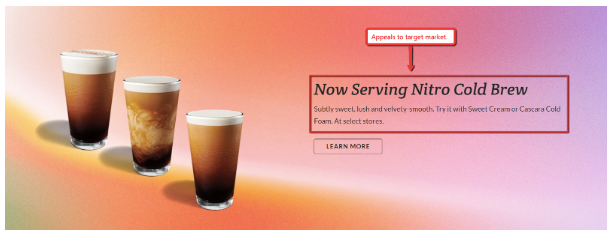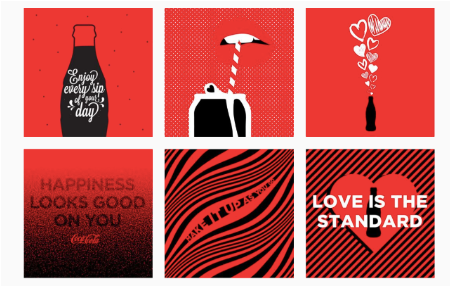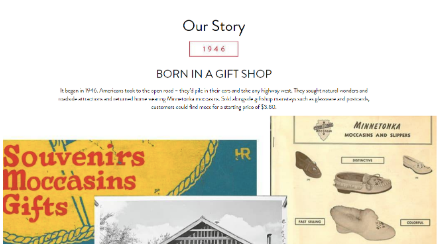Let’s face it: It’s easy for a business to lose its place in the market if it doesn’t pay close attention to how it brands itself.
Every successful business understands that there’s so much more to branding than just having a great logo.
For businesses, branding is not a one-time activity but a perpetual effort to keep up with the trends while staying true to its goals, objectives, and the image and culture it maintains.
In this article, we’ll identify and discuss the essential elements of successful branding.
Let’s dive right in.
(Image Source: Pexels)
1. Brand Positioning
It’s crucial for a business to take its position in its selected industry to differentiate itself from its competitors.
For business owners, taking a position means identifying what your business does, who its target customers are, and what your product strategy will be.
By answering these questions, you can establish a brand position that will help your customers distinguish your products or services from your competitors. Doing so also guides the direction of your business and your team through changes and innovations.
Let’s take Rolls-Royce Motor Cars Ltd. as an example.

(Image Source: Phantom)
When it was established in 1998, it took its position of being a luxury automobile maker.
Regardless of actual market size, Rolls-Royce continues to make luxury cars for its target market and innovate according to its initial brand position.
2. Your Brand’s Voice
As you research to uncover your target market, you also need to look out for the best method (or way) of communicating with them.
After all, being able to communicate your brand to your target market is essential in capturing their attention and retaining it.
When it comes to choosing your voice, you need to consider the industry you’re in and the target market you want to engage with.
Let’s look at how Starbucks communicates with its target market.

(Image Source: Nitro Cold Brew)
According to Techfee, Starbucks’ target market is high-income men and women between ages 25 to 40.
While Starbucks is aware that they appeal to a wider audience, the voice they use appeals specifically to its target market.
Starbucks uses contemporary designs in its ads because this is what captures the attention of men and women from high-income brackets.
3. Consistency
To increase customer growth and loyalty, you need to be consistent with how you present your brand.
This means that all the steps you take ought to be in-line with your company’s position and voice.
Consistency easily helps your customers identify your business — even when several businesses look similar to yours.
Being consistent with your branding pretty much solidifies your brand image to your target audience. These are some of the elements that you should be consistent with.
Logo
You have to create a logo that captures both your business’s voice and position.
This can be quite challenging to pull off considering how you’d have to put into consideration your brand’s advocacy, image, voice, etc.
In situations like these, you’d be better off employing the help of professional logo makers. That’s where you can leverage third-party companies like LogoMyWay Logo Designs.
The platform has a community of logo design creators who can help you create a logo design that represents your brand image accurately.
You can even run a logo design contest so several designers can work on your logo. It’s also easy to set up your prize money and the other money-related aspects of your contest.
The key here is for your company to come up with a logo that accurately represents your company.
With the help of third-party companies, you can employ the help of countless professional logo design makers to come up with a solid logo design for your brand.
Social Media Personality
You need to be conscious of your tone and choice of words when posting on social media sites.
Once you start using a specific tone or manner of speaking in your posts, it should be carried all throughout your promotions and campaigns.
Let’s take a look at Coca-Cola for example.

(Image Source: Coca-Cola Instagram Feed)
Coca-Cola’s “Choose Happiness” campaign is consistent throughout its social media feeds that customers already associate happiness with their brand.
Color themes
Your logo, social media profile, your website, and just about anything you do online (from your video thumbnails to infographic images, etc.) should have a color theme that’s consistent with your brand.
Deviating from your brand’s primary colors could confuse your target market.
Just like the feeds of Coca-Cola’s social media accounts, you’ll see a consistent color theme for all of their photos and pictures.

(Image Source: Coca-Cola Instagram Feed)
With how well-established Coca-Cola’s branding is, whenever people see the same group of colors on other ads, they are immediately reminded of Coca-Cola — even if the ad had nothing to do with the company.
4. Brand Promise
One way or the other, well-established brands promises their customers something.
This “promise” serves as an anchor point of sorts for their customers when thinking about whether or not they should reach out to your company (to buy your products), or not.
Whether it’s quality products or exceptional customer service, you need to promise your customers something.
Coca-Cola, for their part, promises to “refresh the world…”
Their product pretty much addresses the promise they shared.
This element of branding is crucial in helping your target market decide if you’re more worthy than your competitor — or if you are worthy of their attention, in general.
The more consistent you are in delivering your promise, the more your target market will trust you — consistency, after all, is a must for building a pool of loyal customers.
5. Story
Regardless of how long you’ve been in business, having a story builds up your credibility and transparency — it also humanizes your brand.
Credible and transparent stories have an emotional appeal to customers which makes your brand more relatable.
Telling a story about your business encapsulates all the other elements into this one powerful element.
Starting with the purpose of the business down to what it promises, a great story can showcase all that you can offer to your customers without being boring.
Let’s take Minnetonka’s story for example.

(Image Source: Our Story)
This family-run business has been operating since 1946. Now, they trade with over 50 countries worldwide.
Their story elaborates how they’ve stayed true to their brand even when fashion trends were constantly changing and their target market was evolving.
Today, they’re still selling comfortable shoes that have an established place in the fashion industry.
Conclusion
Changes are inevitable in any industry — even in marketing and branding.
Despite the changes, however, businesses should be careful with how they operate, making sure that their actions are aligned with their brand image
By doing so, they are bound to establish their brand image to their target market.
Should they neglect being consistent, however, they risk being forgotten by their target audience, making them “just another business” in the market.

